
Senior physics writer Emily Conover joined Science News in 2016. She has a Ph.D. in physics from the University of Chicago, where she studied the weird ways of neutrinos, tiny elementary particles that can zip straight through the Earth. She got her first taste of science writing as a AAAS Mass Media Fellow for the Milwaukee Journal Sentinel. She has previously written for Science Magazine and the American Physical Society. She is a two-time winner of the D.C. Science Writers’ Association Newsbrief award, and a winner of the Acoustical Society of America’s Science Communication Award.

Trustworthy journalism comes at a price.
Scientists and journalists share a core belief in questioning, observing and verifying to reach the truth. Science News reports on crucial research and discovery across science disciplines. We need your financial support to make it happen – every contribution makes a difference.
All Stories by Emily Conover
-
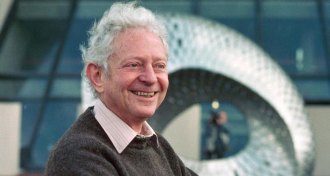 Particle Physics
Particle PhysicsPhysicist Leon Lederman, renowned for his subatomic particle work, has died
The Nobel Prize–winning particle physicist discovered multiple particles and wrote popular science books.
-
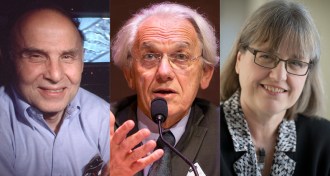 Physics
PhysicsDazzling laser feats earn these physicists a Nobel
The 2018 Nobel Prize in physics went to scientists — including the third-ever female winner — who made optical tweezers and boosted the strength of laser pulses.
-
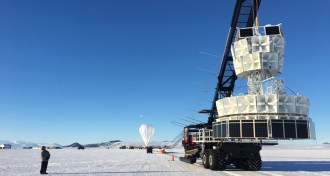 Particle Physics
Particle PhysicsHints of weird particles from space may defy physicists’ standard model
Signals from the ANITA experiment don’t square with the properties of elementary particles cataloged in the standard model.
-
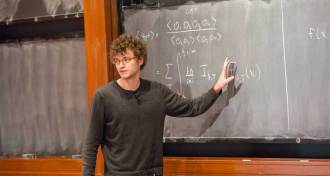 Quantum Physics
Quantum PhysicsDouglas Stanford probes the chaos inside black holes
Theoretical physicist Douglas Stanford is linking some of the most massive objects known to the quantum realm.
-
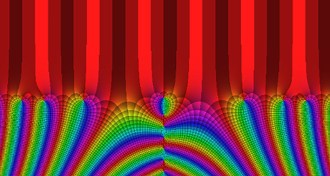 Math
MathHere’s why we care about attempts to prove the Riemann hypothesis
The Riemann hypothesis could hold the key to understanding prime numbers.
-
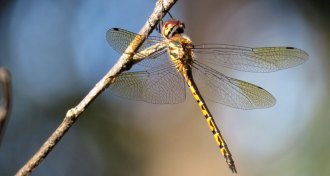 Animals
AnimalsHow math helps explain the delicate patterns of dragonfly wings
Scientists have found a mathematical explanation for the complex patterns on the wings of dragonflies and other insects.
-
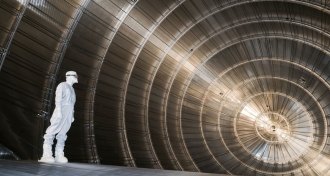 Particle Physics
Particle PhysicsThree new physics experiments could revamp the standard model
New experiments that rely on very large machines have begun to probe the weak points of particle physics.
-
 Particle Physics
Particle PhysicsEarly tests pave the way for a giant neutrino detector
A prototype detector demonstrates the technology needed for the DUNE experiment.
-
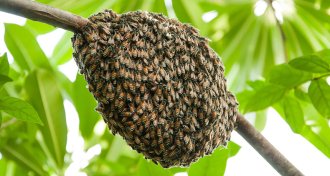 Life
LifeHere’s how clumps of honeybees may survive blowing in the wind
Honeybees clumped on trees may adjust their positions to keep the cluster together when it’s jostled by wind, a new study suggests.
-
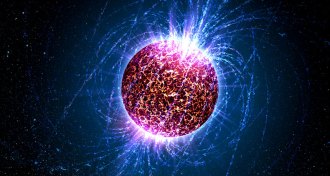 Physics
PhysicsNuclear pasta in neutron stars may be the strongest material in the universe
Simulations suggest that the theoretical substance known as nuclear pasta is 10 billion times as strong as steel.
-
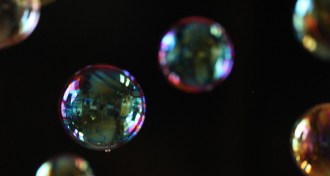 Physics
PhysicsSound waves can make bubbles in levitated drops of liquid
A new technique reveals how to make bubbles from droplets suspended in the air.
-
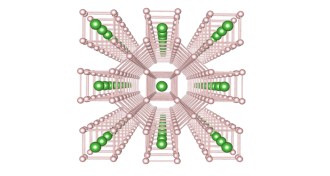 Physics
PhysicsA new hydrogen-rich compound may be a record-breaking superconductor
The record for the highest-temperature superconductor may be toast.